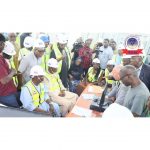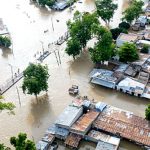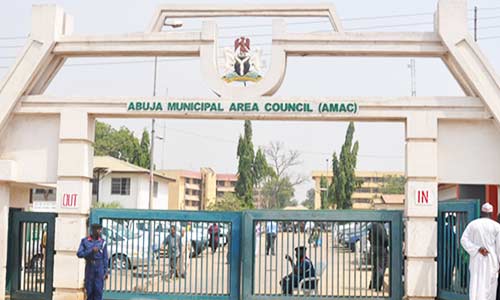The Abuja Municipal Council Area (AMAC) is the administrative center of the Federal Capital Territory of Nigeria.
This area is home to a diverse population facing various challenges.
Here are eight major challenges faced by residents of the AMAC:
Inadequate Infrastructure:
AMAC is still grappling with inadequate infrastructure such as roads, drainage systems, and proper public transportation. Some areas in the council still lack basic amenities like clean water, electricity, and sanitation.
Housing Shortage
The Council has a significant housing shortage, which has led to the proliferation of slums and informal settlements. The available housing units are expensive and out of reach for many residents.
Insecurity
Residents within AMAC have witnessed a surge in insecurity in recent years, with cases of armed robbery, kidnapping, and communal clashes on the rise. This has made many feel unsafe and vulnerable.
High Cost of Living
The cost of living in the AMAC is high due to the high cost of housing, transportation, and other basic commodities. This has made life difficult for many residents, especially those with low incomes.
Unemployment
Unemployment is a significant challenge in AMAC, with many young people unable to find jobs despite their qualifications. This has led to a rise in crime and social vices among the youth.
Poor Education
The quality of education in the AMAC is a bit poor, with schools still lacking basic facilities and qualified teachers. This has kept the literacy rate low and poor academic performances continue to be seen among students.
Healthcare
AMAC has a shortage of healthcare facilities, with only a few hospitals and clinics serving the entire area. This has made it difficult for residents to access quality healthcare services and not everyone can afford the private hospitals that operate within the council.
Environmental Degradation
The Council is also grappling with some level of environmental degradation, with certain areas suffering from pollution, deforestation, and erosion. This has led to a loss of biodiversity and some decline in the quality of life for residents.









